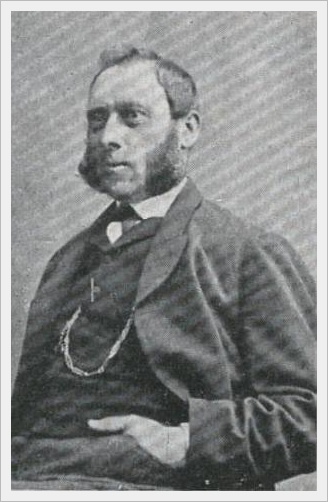|

|
He descended from Westfalien. He moved to Silesia in 1852. He inherited
from his father an enormous sum of 6000 thalers, that fortune and the
money borrowed from his brothers let him built a small workshop nearby the
Kłodnicki Channel. In 1857 Wilhelm built a first draw-plate in Silesia
and he was still developing his company. His
products were some kind of innovation – he was selling steel ropes
and nails made by use of cold working method. First, there was no outlet
for them, but thanks to the efficient promo campaign Hegenscheidt
convinced people to buy his articles and his company was dominating in the
market.
Demand for his products was still increasing, so he extended production
and in 1865 he bought the „Baildon” Steelworks in Katowice,
what helped him to increase the sale. In 1887, with his biggest rival, he
estabilished a Company “Obereisen” – the most powerful
in Silesia.
He was a very religious, honest and person, requiring punctuality from
people. He was famous also because of his philanthropy – he founded
an Industry School (now 5th Secondary School), a school on Jana
Śliwki Street (ex Hegenscheidt Strasse), stadiums, tennis-courts and
baths. |
|